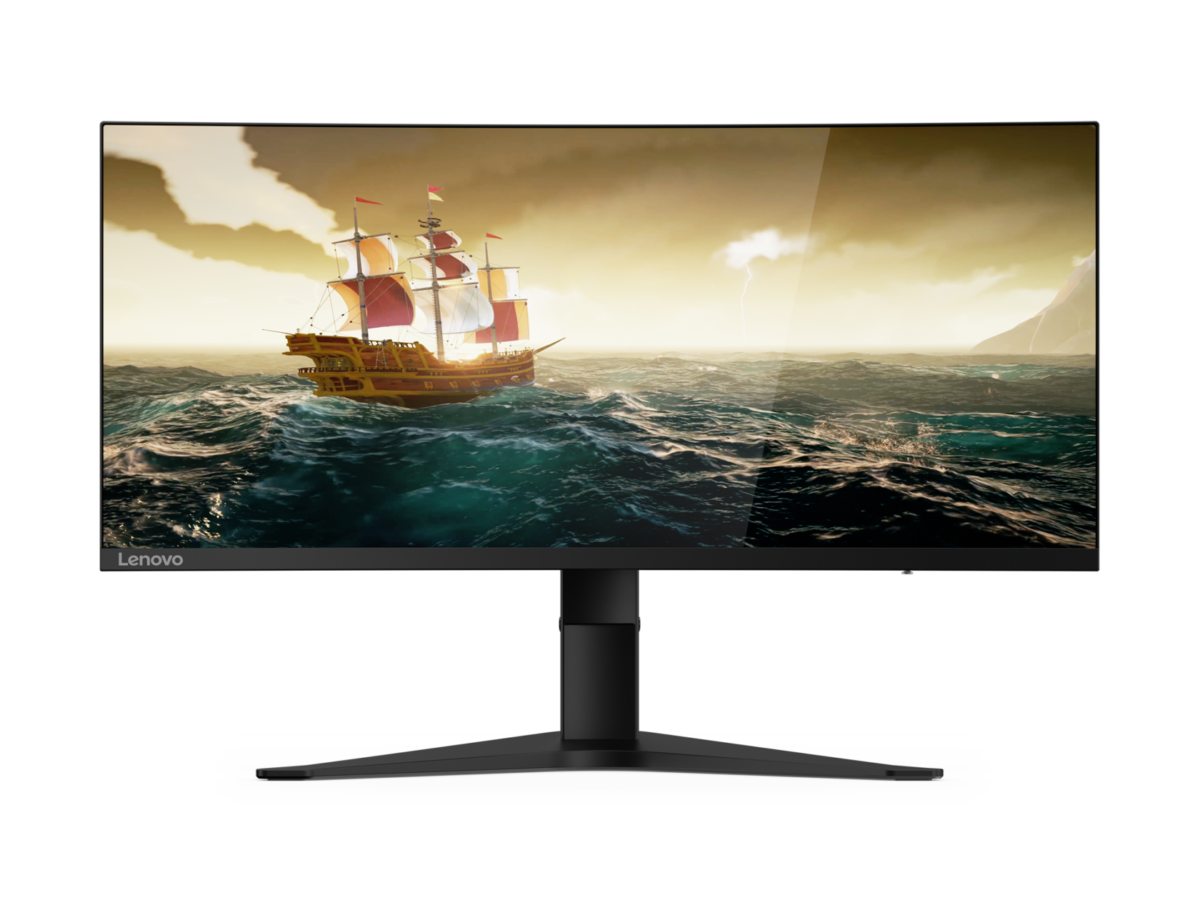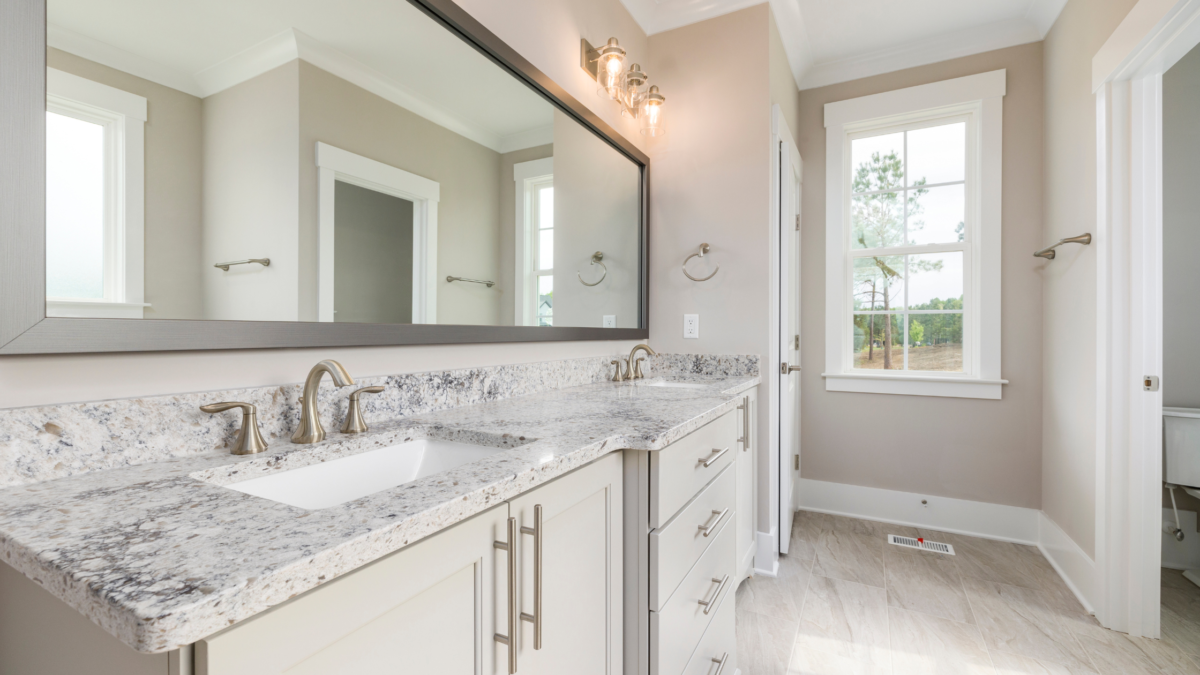Will a 1440p Gaming Monitor Last for Next-Gen Games?

As the new PlayStation 5 and Xbox Series X hit shelves later this year, you may be wondering: will my current 1440p gaming monitor be able to keep up? Next-gen consoles promise stunning visuals at higher resolutions and frame rates than ever before.
But will a 1440p 144hz monitor cut it, or will you need to upgrade to 4K to get the most out of these powerful new systems? Hence, you need to have a clear idea of whether your current display is future-proofed or in need of an upgrade.
Everything you need to know about how 1440p monitors compare to the specifications of next-generation gaming will be covered in this blog post.
Resolution Comparison
The PlayStation 5 and Xbox Series X both support resolutions up to 8K, but most games will target 4K at 60fps or 1440p at 120fps. At 1440p, you’re getting around 2.5 million pixels on screen, compared to 4K’s 8.3 million. While not quite as sharp as 4K, the 1440p gaming monitor still provides a significant visual upgrade over 1080p. The higher pixel density means textures and details will look crisper and clearer.
Refresh Rate Refresh
As games push for higher and higher frame rates, the refresh rate of your display becomes increasingly important. Most 1440p monitors have a refresh rate of 144 Hz or higher, allowing them to display up to 144 frames per second. This is perfect for taking advantage of the enhanced performance of next-gen systems. Many titles will offer a performance mode targeting 120fps at 1440p over a 4K resolution locked to 60fps.
Future-Proofing For Resolution
While 1440p won’t deliver the same pixel-packed punch as a 4K screen, it provides an excellent balance of resolution and smooth frame rates that will satisfy you for several years to come. Don’t expect developers to abandon 1440p gaming monitors any time soon. It’s a sweet spot that will remain relevant even after 4K adoption increases. So in terms of future-proofing your display for resolution needs, 1440p has you covered through this console generation at minimum.
DisplayPort 1.4 Support
One thing to check on your 1440p monitor is DisplayPort version support. You’ll want at least DisplayPort 1.4, as it provides enough bandwidth to run 1440p resolutions up to 144Hz. DisplayPort 1.2 may struggle with higher refresh rates beyond 120 Hz. HDMI ports on current monitors can typically run 1440p at 60–120Hz as well. So in terms of connectivity, most 1440p monitors have you set for next-gen performance.
HDR Support
High dynamic range (HDR) is another visual feature that enhances contrast and brightness. Both consoles fully support HDR10 and may utilize it in many games. Not all 1440p monitors have HDR, though, so check if yours does. Even if it doesn’t, HDR isn’t fully essential. Games will still look incredible without it. But if you do a lot of HDR PC or console gaming, it’s worth considering a display with this capability.
Response Times
For smooth, tear-free gameplay, you’ll want a monitor with a fast response time. Most 1440p panels have response times of 1–5 ms, which is perfectly adequate for cutting-edge titles. Anything below 5 ms ensures you won’t experience blurring during fast-paced scenes. And with support for refresh rates up to 144Hz+, 1440p monitors can keep up with the breakneck speed of next-gen visuals. So whether you play sports, shooters, or action games, response times shouldn’t cause any issues.
Variable Refresh Rate
Variable refresh rate (VRR) technologies like Nvidia’s G-Sync and AMD’s FreeSync eliminate screen tearing and minimize stutter. Both the PS5 and Xbox Series X support VRR over HDMI. Check if your 1440p monitor has either G-Sync compatibility or FreeSync support. If so, you’ll get butter-smooth gameplay thanks to the dynamic syncing of the screen to the graphics card. VRR is far from essential but provides the ultimate gaming experience. It’s a nice bonus if your monitor already supports it.
Input Lag Analysis
Another factor that can impact responsiveness is input lag, which is the delay between giving a command and seeing the response on screen. Most 144-Hz monitors have an input lag of under 10 ms. This ensures controls feel instantaneous in games. You likely won’t notice any input lag issues with a 1440p panel. Do note that some monitors have a “game mode” that can further reduce lag. Make sure this mode is enabled for optimal controller and mouse/keyboard feedback.
Panel Types Breakdown
The majority of 1440p monitors use IPS or VA panels. IPS offers the best color accuracy and viewing angles but may have slightly slower response times. VA provides deeper blacks for better contrast while still having wide viewing angles. Avoid TN film, as colors shift at an angle. Overall, either IPS or VA will give you a stunning 1440p picture with next-gen visuals. Response times are also sufficiently fast on the latest panels.
Size Showdown
Most 144hz 1440p monitors come in 27″ sizes, which is ideal for the pixel density that resolution provides. You could also consider 24″–25″ monitors for tighter pixel packing in a smaller space. Avoid anything below 24″ for 1440p. Conversely, 32″+ sizes may be overkill unless you sit further back. Overall, a 27″ 1440p panel hits the sweet spot, giving you a large immersive display without needing massive desk real estate.
Adaptive Sync Compatibility
As mentioned earlier, support for adaptive sync technologies like FreeSync and G-Sync Compatible is a great bonus if your 1440p monitor has it. This allows for smoother gameplay by synchronizing refresh rates between the GPU and monitor.
Do note that while the PS5 supports VRR over HDMI, it likely won’t support adaptive sync standards themselves. But if you also game on PC, having this capability adds future-proofing for when you upgrade your graphics card. So it’s a nice value-add for monitors with these features.
Future-Proofing Your Purchase
While 4K will continue to grow in adoption, 1440p provides an excellent balance now and for several years ahead. It allows you to max out settings at high frame rates that 4K can’t always sustain. Most 1440p gaming monitors are also relatively future-proof in terms of connectivity like DisplayPort 1.4 and refresh rate support up to 160 Hz or more.
So unless you have a large desktop and can fully appreciate 4K’s sharpness, 1440p will serve you very well into the next generation. It’s a cost-effective choice for big performance gains.
Final Words
In conclusion, if your 1440p gaming monitor was purchased within the last couple years and has a refresh rate of at least 144Hz with DisplayPort 1.4, then it will absolutely be able to keep up with next-gen visuals from the PS5 and Xbox Series X. Features like HDR, adaptive sync, and a 1–5 ms response time are bonuses but not completely necessary. So don’t feel the need to upgrade just yet; your 1440p display will continue delivering stunning visuals.










